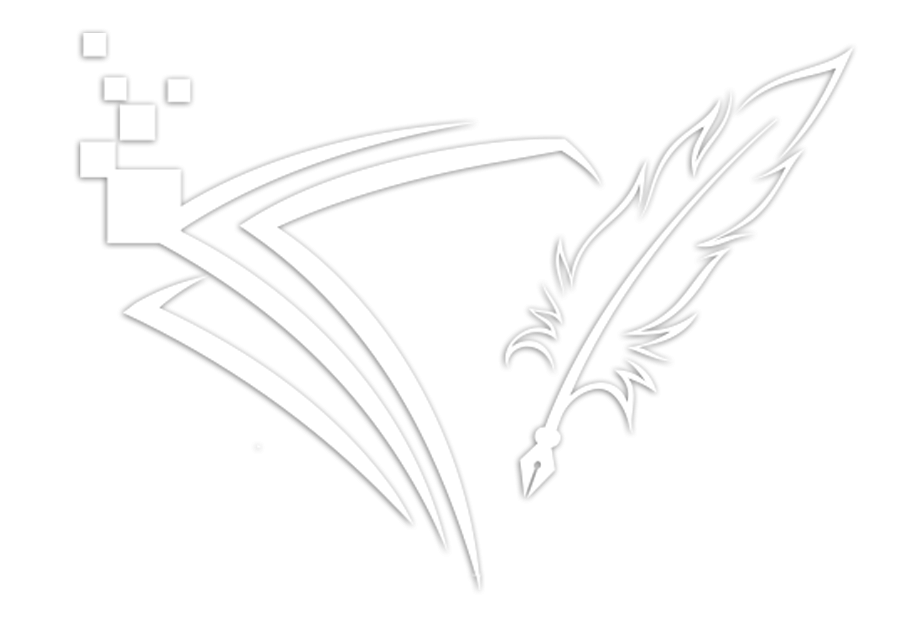English QNA
#140: Wearing Clothing with A Cross While Praying
Question:
Assalamualaikum ustaz. What is the status of the prayer of a person wearing clothing with a cross symbol or picture on it?
Answer:
Alhamdulillah, praise and gratitude to Allah SWT for His countless blessings for us all. Praise and salutations to our beloved Prophet Muhammad PBUH, his family, companions and all those who follow his footsteps until the Last Day.
The cross is a symbol formed from the intersection of two lines at its centre consisting of two arms or parts. [1]
The cross symbol, after going through a long history, finally became the symbol of Jesus Christ and the faith symbol for Christians. [2]
As we all know, the cross is a specific symbol for the Christian religion and this is indisputable. It is a well-known fact and is understood by all without one needing to do research or learn about it. Thus, the cross symbol, or the symbol of a person crucified or of a similar character is prohibited to be worn even if it is not with the intention to imitate or copy the disbelievers.
In a hadith, Rasullullah PBUH said:
مَنْ تَشَبَّهَ بِقَوْمٍ فَهُوَ مِنْهُمْ
“He who copies any people is one of them.” [3]
In the above issue wearing clothing that clearly has a cross symbol is haram (prohibited) and it is obligatory for the cross symbol to be removed. This is if it is the intended meaning.
In a hadith narrated by al-Bukhari from Imran bin Hitthan, ‘Aisyah R.Anha said:
أَنَّ النَّبِيَّ صَلَّى اللَّهُ عَلَيْهِ وَسَلَّمَ لَمْ يَكُنْ يَتْرُكُ فِي بَيْتِهِ شَيْئًا فِيهِ تَصَالِيبُ إِلَّا نَقَضَهُ
“I never used to leave in the Prophet (ﷺ) house anything carrying images or crosses but he destroyed it.” [4]
Imam al-Baghawi Rahimahullah said: “al-Tasalib (التَّصَالِيب) is anything that has the image of a cross.” [5]
While Imam al-Syaukani said: “al-Tasalib (التَّصَالِيب) is a picture of a cross from embroidery or stitching on clothing or others. The cross is a picture that is assumed as Prophet Jesus AS which is worshipped by the Christians.”
The word Naqadhahu (نَقَضَهُ) means to destroy, remove or change the picture of the cross.
Al-Lajnah al-Daimah li al-Ifta’ [7] once issue a fatwa related to this issue. Among others they said, if one just realizes that there is a picture of the cross on the clothing that he bought, then it is prohibited to be worn in prayer. It is obligatory to erase the picture using any method. Whether it is by scraping or colouring it (until it is no longer visible) or other ways.
This follows the hadith narrated by al-Bukhari from from Imran bin Hitthan, ‘Aisyah R.Anha said:
أَنَّ النَّبِيَّ صَلَّى اللَّهُ عَلَيْهِ وَسَلَّمَ لَمْ يَكُنْ يَتْرُكُ فِي بَيْتِهِ شَيْئًا فِيهِ تَصَالِيبُ إِلَّا نَقَضَهُ
“I never used to leave in the Prophet (ﷺ) house anything carrying images or crosses but he destroyed it.” [8]
The 80th National Muzakarah Fatwa Committee for Religious Affairs Malaysia has discussed this issue. Among others, it states: “Muslims are prohibited from using any items that has the symbols of another religion such as the cross if the symbols are depicted clearly and visibly.”
We’d like to take this opportunity to advise the ummah to always be careful when buying our clothing and even food.
To conclude, praying while wearing clothing that clearly has a cross symbol on it is prohibited and it is obligatory to remove the cross by scraping or adding other colours to make the cross no longer visible.
Although, his prayer is valid if the clothing covers the aurah in our madhhab. This is known as “jihah munfakkah” (جهة منفكة). In other words, his prayer is valid but his wearing the clothing is prohibited.
Wallahu a’lam.
[1] See The Encyclopedia of Religion, Eliade, pg. 15
[2] See The New Encyclopedia Britannica, Jacob E Safra, pg. 753
[3] Narrated by Abu Daud (4031)
[4] Narrated by al-Bukhari (5952)
[5] See Syarh al-Sunnah, 12/132
[6] See Nail al-Authar, 3/143 and Syarh Sunan Abi Daud by Ibn Ruslan, 16/453
[8] Narrated by al-Bukhari (5952)
